SIR JOHN CASS
FIRST DAY, FIRST SCHOOL & BEYOND
My early education at Sir John Cass Foundation School was fraught with difficulty as to which class I should be placed in. The problem came with being born in October. At that time, the cut-off point for which class one was to be a part of seemed to vary between September and October. No one seemed able to decide if I should be permanently assigned to the class where I was one of the youngest or to the class where I was one of the oldest. As a result throughout infant and junior years I zig-zaged between classes. This situation continued right up until I took my 11+ examination and left the school and moved on to secondary school in Islington. Here, sadly, I was to stay for only a short time, as my family was soon to be re-housed outside London.
During my early school years, I was not an especially academically inclined pupil despite encouragement from my mother. Alas, it would require the passing of a number of years before I began to appreciate study and set about it in earnest. Despite this, my first forays into education and the routine of going to school while I lived in London was reasonably enjoyable.
I remember my first sight of Sir John Cass Foundation School as a child. It was sometime in 1948 when I was taken to see it by my mother. My mother was extremely pro education. She was determined that I would enjoy a successful life and get a good job and this she knew required a good education. My mother never had the opportunity to learn as a child. She had to leave school at 11 years of age, as she was made to work to help support her mother, stepfather and the enormous number of children that they produced.
My poor mother’s early years were virtually one of slavery. She was employed to scrub floors and tend to the needs of old people for a pittance while also being required to look after her half-brothers and sisters whenever her mother was either giving birth or just wasn’t in the mood to fulfill her motherly duties, which was often. It was unfortunate that my mother never received an education, as she had certain talents that were impressive. One of them was the ability to add up large amounts of her money – in her head –without the aid of either pencil and paper or a calculator. This was especially impressive as money at that time was old money and consisted of pounds, shillings and pence where twelve pennies equaled one shilling and twenty shillings, one pound. It was also the age of halfpennies and farthings.
My mother worked hard to get me into the school by getting recommendations from people she knew, which stated that I would be a good student and a future credit to the school. Although she lacked education, my mother knew the value of going to a good school and she wanted me to have the chance to be educated and to be educated as well as possible. My father had no interest at all in schooling. He had disliked school very much and often stated that he left without being able to read or write. He would follow up this confession by saying that he taught himself both to read and write once he left school. To be honest, he was able to read well and had beautiful penmanship. His spelling wasn’t too bad either, but more about spelling and reading a little later.
I remember hearing my mother tell my father that she had made an appointment with the Headmaster of a school in the City of London. Apparently she did not want me attending a school in the East End. It wasn’t that my mother was a snob, it was that she believed that children who went to school in the better areas of London stood a better chance of obtaining a scholarship, and a scholarship was seen as a passport out of poverty for poor people and the East End in particular, and into a world where one could do well. Throughout my school years I was to hear of the value of a scholarship and I was encouraged to pursue every opportunity given to me so that the glorious day would arrive when I was awarded one. Of course, by the time I was ready to receive a scholarship, the academic world had changed and there were many more opportunities available to the poor of society to fulfill dreams and shine academically. This situation suited my mother fine!
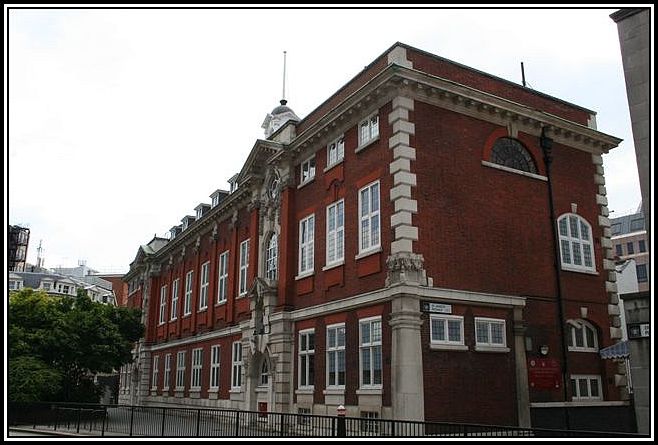
Sir John Cass Foundation School on the erstwhile Duke’s Place
I can best describe Sir John Cass Foundation School at the time I attended as charming. I remember being impressed by the colour of the brick used to build the school. In fact, the colour of the brick used to build the house where I now live is of the same colour. When I first saw my current home and saw the brick, I knew that this was definitely the house for me!
 Sir John Cass Foundation School
Sir John Cass Foundation School
Rear view showing the playground facing Mitre Square
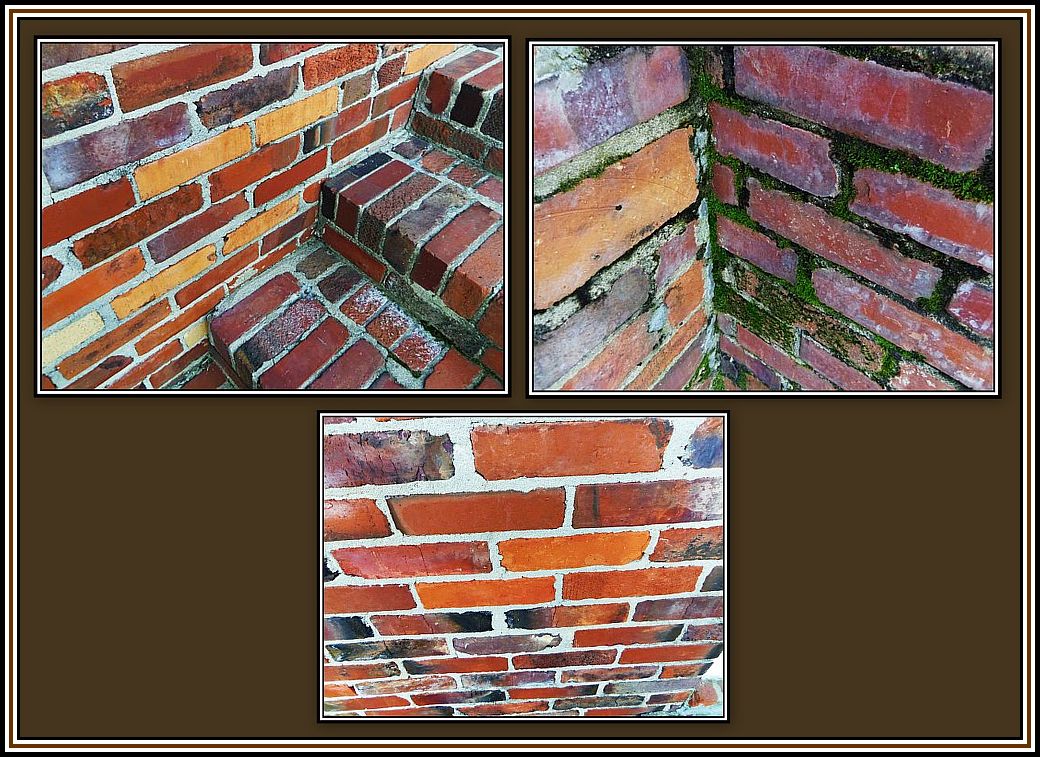 The Brick used to build My House
The Brick used to build My House
Perhaps not quite the same colour as the school, but close enough
I have little memory of the building at the time when I first saw it other than the colour of the brick and the entrances. At that time, the two wooden gated entrances on Duke’s Place were in use, one for boys and the other for girls. Above the boy’s entrance is a statue of a young boy and likewise above the girl’s entrance one of a young girl both dressed in the attire of the time when the school was founded. I remember that the building had a many windows, some large and some small. I do recall that the building was, and still is, impressive. There was a third entrance around the corner on Mitre Street, just across the way from Aldgate Pump. This entrance was not used at that time, but has since become the main entrance today. It should be noted that there is no statue above this entrance.
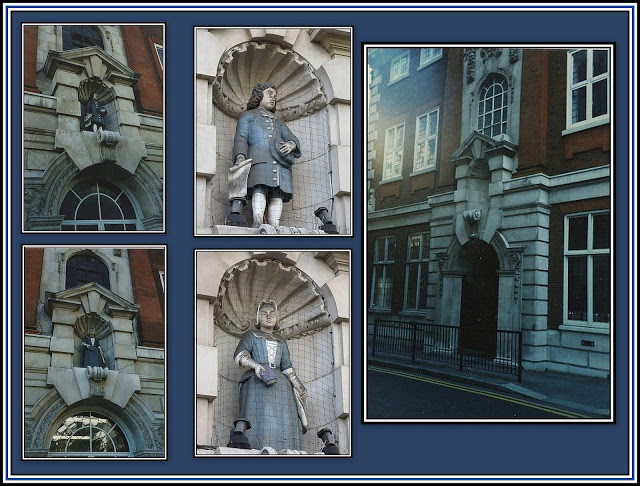 The Blue Boy & The Blue Girl over the old entrances to The School
The Blue Boy & The Blue Girl over the old entrances to The School
(sadly with netting protection today)
Far Right: the entrance on Mitre Street
My mother told me that I was very lucky to be going to such a nice school and that she hoped I would be well-behaved and learn a lot. Most probably I was looking forward to going to school, but I feel certain that I had absolutely no idea what it would mean to actually go. I doubt if I had any notion that I would be required to spend the whole day there and that I would also be required to do as I was told by a stranger and also be required to spend time with other children that I did not know.
Although I lacked brothers and sisters, I come from a huge extended family and was used to being around other children. My parents had many siblings, both full and half and each of the living had married and had large families. This meant many, many cousins, the majority of which I disliked. Now, it wasn’t that I was an unfriendly child, as I wasn’t, rather my dislike of my cousins resulted from the fact that they were not the swiftest little people you would ever meet. Unfortunately most were quite stupid. This may sound snobbish and harsh, but truth is often hard and sadly a good number of them have proven their lack of sense, as their lives have ended badly, not bringing naches to their equally dozy parents. As a result, the thought of being forced to be with children that I had not chosen to be with proved to be somewhat daunting. Still, I had been assured by my mother as well as by her friends that I was going to enjoy school and would meet all sorts of interesting children. This must have satisfied me, at least to some extent, so much so that I was willing to give school a chance!
I was to start school in early January 1948. Sometime in December of the previous year, I was taken to Dawson’s Department Store (A Place Lost & No Longer Remembered: Dawson’s – A Department Store – pas comme les autres) in City Road (on the Hackney side of the road) by my mother where all the things necessary for school were purchased. At that time, boys that went to better schools wore white shirts, ties and short gray flannel trousers throughout the academic year. In non-summer months, they also wore either jumpers or pullovers with or without a jacket. In spring and autumn, depending on the external temperature, these garments were often left at home or removed during the day. Regardless of the temperature or the time of year, boys wore caps on their head. The wearing of a cap was not as dreadful as it might seem, especially if one wore it at a slightly jaunty angle in order to emulate toffs and film stars with their trilbies, homburgs and top hats of the time.
On the breast pocket of the jacket and at the centre of the cap would generally be the crest of the school. The wearing of such a crest informed the world where you went to school and would most often be proudly worn by the young pupil. Sir John Cass Foundation School had a wonderful crest. It shows a shield with a hand above it, which is holding on tight to a fish. We were told that this crest was meant to inspire the pupil with the concept of never letting go! When I first saw the crest, I obviously did not understand its symbolic significance and believed that one was meant to hold on to any fish that one caught. Since my parents ran a Pie ‘n’ Mash Shop at the time, where my father prepared both hot and jellied eels for sale, I understood the slippery nature of fish and how difficult it was to maintain a grip on one. Every Monday and Thursday mornings, huge wooden trays of live eels were delivered to the shop for my father to prepare for sale. He would take hold of these creatures between his index and middle fingers and surround each with his thumb to maintain his grip on them. While holding the fish in this manner, he cut off their heads and tails off and then scrapped out their guts. Once the wriggling remnants of fish were cleaned, he chopped the remains into small pieces and then washed them in running water before plunging them into boiling salted water. It was many years before I was able to taste eel.
Once gutted, cleaned and washed, the eels were cooked and jellied and allowed to set in an enamel bowl. A portion of eels generally consisted of four pieces and a tail and were served directly from the bowl and eaten to taste with salt, pepper and vinegar, often with chillies. A bowl of eels, either jellied or hot, was eaten with a spoon ……. never with a knife and fork!
Pies should be golden brown and crisp; the crust should be flaky while the underside should have the consistency of a pudding. Mash should be made from real potatoes and should never be lumpy. And the liquor ……. this is a parsley sauce. I was never able to tolerate this sauce – not then and not now. Salt and pepper were provided in small bowls while vinegar was available in a suitable container.
Traditionally, the a Pie ‘n’ Mash was eaten with a spoon and fork and never, ever with a knife! Such an implement was considered to be too dangerous for certain customers to be allowed to use at one time. Tables were normally marble topped and seating consisted of wooden forms.
My first day at school began at 9 a.m. on a cold Monday morning. However, getting ready for school had begun much earlier with our trip to Dawson’s and came to a head the day before school was actually to begin. This Sunday proved to be exceptionally stressful for both my mother and me. It began early in the morning when my clothes were lain out on the chair in my bedroom.
My clothes were later checked and rechecked by my mother numerous times throughout the day. Meanwhile after breakfast I had been given the job of cleaning and shinning my new black shoes. The footwear looked suitably shinny to my untrained eye, but not nearly good enough for my mother. In those days, all new shoes were waxed and shinned before wearing. This meant covering the original shine with shoe polish, generally supplied by the Kiwi Shoe Polish Company.
My father saw himself as quite a Dandy. He was extremely particular about his clothes and spent a long time seeing that they were just right. When he left school he had been apprenticed to a tailor in Chancery Lane in the City, but someone upset him and he left before finishing his apprenticeship. However, he learned a great deal before leaving and knew how to sew, iron and take care of clothes in a professional manner.
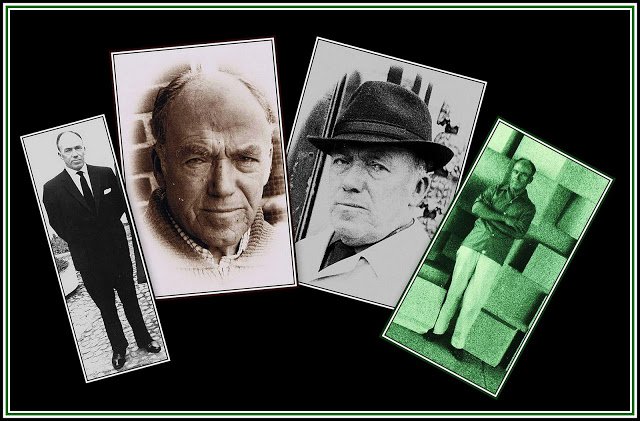 My Father, The Dandy
My Father, The Dandy
My father was extremely particular about his shoe cleaning materials and was careful about their maintenance. He kept his shoe cleaning materials in two old biscuit tins – one for black shoes and one for brown shoes – in a lower cupboard in the kitchen. Each tin contained a polish-on-brush, a polish-off-brush, several tins of shoe polish and a soft cloth for final buffing of the freshly waxed shoe. He was certain to have several shades of brown shoe polish, as he did not wish to use just brown polish on the various pairs of brown shoes that he owned since he said this would alter the original colour. Even I, at my young age, knew his behaviour was excessive. To me shoes were of two colours: black or brown.
I had been given a detailed lecture and practical demonstration on how to clean a shoe by my father when I got my first real pair of shoes. Obviously I was too young at that time to be able to clean my own shoes properly, but this did not deter him from teaching.
For those wishing to know how best to shine boots and shoes, click here
However, as a result of his training, by the time I was to go to school, I was more than capable of cleaning my shoes and producing an acceptable shine – acceptable to me, that is – but not to either of my parents. To achieve the required shine, the polish has to be worked into the leather by endless brushing with the polish-on-brush and then repeating this action multiple times. Once this was done, the shoes need to be left for a few minutes to allow the polish to work its way into the leather. Only when the wax in the polish had dried could the laborious task of removing excess polish from the shoe be undertaken. This is achieved by use of the polish-off-brush and repeated brushing. The shoe readily gains a shine once one gets into a rhythmic motion with the brush. Suitable music will often help with achieving an acceptable shine. However, arriving at the desired rhythmic motion for a five year old is generally not possible for a number of reasons, most notable of which being the child’s inability to grip the brushes firmly enough. This is a direct result of the size of his hand. I found that if I brushed too quickly, my brush jumped out of my hand and sailed across the room. This was frowned upon by connoisseurs such as my father. Needless to say, I lacked the ability and skill to produce a shine that was acceptable to him. He invariably turned up his nose, shook his head and tut-tutted several times once he had inspected my feeble effort. Once he finished tut-tutting, he took hold of my shoe with one hand and the polish-off-brush with the other and subjected the shoe to further vigorous brushing with tremendous vim and vigour in a rhythm that one could frantically march to. His actions produced a gleam that no doubt an old-fashioned Army sergeant-major would be proud of! My mother, on the other hand, although having high standards realised the limitations associated with my age and was less demanding than my father when it came to the shinning of shoes. Upon completion of the task, my mother would inspect the shoes and generally offer her highest praise – not bad – whereupon she would take the polish-off-brush and finish the job without further complaints and at a less frantic pace.
The night before my first day at school was perhaps the most miserable of my life up until that point. My parents expected me to go to sleep instantly I went to bed that night. Naturally this was impossible. As a child I was lucky enough to have a radio at my bedside. As my parents had to work in the shop each evening, I was sent to bed before the shop opened. This was tolerable since I was allowed to listen to the radio and look at my books as long as I remained in bed. Generally by the time one of my parents came up to check on me, I was asleep and they removed any books that I held and turned the radio off. I used to love lying in bed and listening to a comedy show or a play on the radio and even now I find lying in bed and listening to the radio to be a joy. However, on that Sunday night before my first day at school, I was not allowed to look at my books or listen to the radio.
When that first Monday of school finally arrived, I was made to get up early and although I had bathed myself before bed and then been scrubbed by my mother, I was once again required to bath and be scrubbed. Next I dressed myself and once finished I had to be inspected. I recall that my tie knotting skills were not yet acceptable to my mother and my father was called to produce a suitable knot.
How to Tie a Tie …… a Traditional Knot (classy!) & a Windsor Knot (neat, but less classy)
Lastly, and worst of all, was the combing of my hair. However before this miserable experience, on the previous Friday, I had been taken to the barber’s shop with my father. We went just across the road to Maurie’s, who had cut my hair since I had started going to the barber. Although Maurie was a nice man, I hated having my hair cut. I especially hated the straight razor used to clean up the hair at the back of the neck. At my age, I still had to sit on a little form placed on the arm rests of the chair, which was an indignity. I would try to sit still, as directed by Maurie, but some hair always seemed to slip down my neck and cause me to itch. Eventually I had to scratch. Maurie’s response was to take hold of my head and return it to where he wanted it without saying a word. His silence spoke volumes and I once again tried to remain still.
 Click here to learn how to give a boy a haircut
Click here to learn how to give a boy a haircut
Whenever we had to go somewhere special, my mother would insist on brushing and combing my hair. Although my mother was a good woman, she was not always gentle and I can attest to this when I recall her manner of brushing my hair. She used to brush my hair with such vigor that I was always surprised to find that my hair had not been pulled out. Following this, she combed it and spent an eternity doing so.
This was the era of Brylcreem, and at that time, a little dab most certainly did not do it. Men used to pile great gobs of that sticky material onto their hair and after working it into the hair and scalp would next set about achieving the desired style that they wanted with their comb. My father had started to lose his hair at a young age and did not have much hair by the time I was born. This meant that he applied only a small amount of Brylcreem to his hair. Fortunately only a similar amount was applied to my hair and most often it only had to be applied to the crown of my head, as it was here that some hair insisted on sticking up. This generally failed to bring the offending hair back into place, which meant that it had to be left, much to the annoyance of my mother.
Once dressed and groomed, I was allowed to come to the table to be given a good breakfast. I was quite insulted that morning as I was made to wear a huge tea towel about my neck like a baby to catch any spilled food. My mother pushed aside my complaints and said that she was not having her son go to his first day of school with food stains on his clothes.
At this time, a good breakfast meant a boiled egg and toast either with or without bacon and tomato. A few years later, my mother decided that porridge constituted a healthier breakfast and for several years this became de rigueur. This proved disastrous since my mother lacked the necessary patience to produce a good porridge. She failed to realise the importance of stirring it constantly during heating. This resulted in the production of a porridge of congealed lumps, some of which stuck to the bottom of the pan and burned. What annoyed me about having to eat my mother’s porridge for breakfast was that she never ate it herself. My father refused to eat it as he said that she rushed its cooking. Of course he was correct, but I always felt that it was mean of him to tell her this, but then he was well aware that he was the superior cook in our household. My mother had not been taught how to cook by her mother and she never learned any of the necessary skills while at school. My mother had learned how to produce a number of simple dishes and was capable of producing the most delicious Sunday lunch, but it wasn’t until many years later that she learned how to produce a number of special dishes that were both tasty and pleasing to the eye and could be considered a good cook. Her light fruit cake, her sausage rolls and various other pastries were exceptionally good.
I considered an egg and toast as the perfect breakfast at that time. My father was a jack-of-all-trades and had also trained as a cook as a young man and was able, when he chose, to produce the most succulent food including the most delicious meat and fruit pies that I have ever tasted. My father also made perfect toast, a skill I admired him for. He never burned the bread, but produced toast that was of an even dark brown colour without any hint of black. He made sure to butter the toast while it was still very hot and to draw his knife across its surface several times. This allowed the melted butter to penetrate the bread. Next the toast was cut into fingers of suitable width to fit perfectly into an egg once the top had been tapped and shell removed and the white spooned away to expose the hot and semi-congealed yolk. To make the egg even more delicious, a hint of salt was allowed to drizzle into the yoke. My egg was always brown and lain by my pet chicken, Susy, who lived on the roof.
Susy was a reddish brown hen, most likely a Rhode Island Red, that my father had bought along with a white hen down the lane on a Sunday morning when tiny chicks. Immediately I decided that Susy would become my hen and she allowed my fussing without snapping at me. The white hen made it abundantly clear that she wanted nothing to do with a small boy. My father made it clear that the hens were working animals and not pets and were charged with supplying us with eggs each day in return for a nice warm place to live and all the grain that they could eat. However, the white hen quickly proved herself to be mean and unwilling to provide my father with a daily egg. She was also notorious for leaving her mess about the roof. This was especially problematic as we shared the large roof area with several of our neighbours. One woman, a Mrs. Walker, had the habit of leaving open her door to the roof. On one occasion the white hen wandered through the door and apparently made her way to the Walker’s toilet whereupon she climbed up onto the toilet pan and messed over the seat. This did not make Mrs. Walker happy and caused her to complain to my father who unkindly was not sympathetic to her plight.
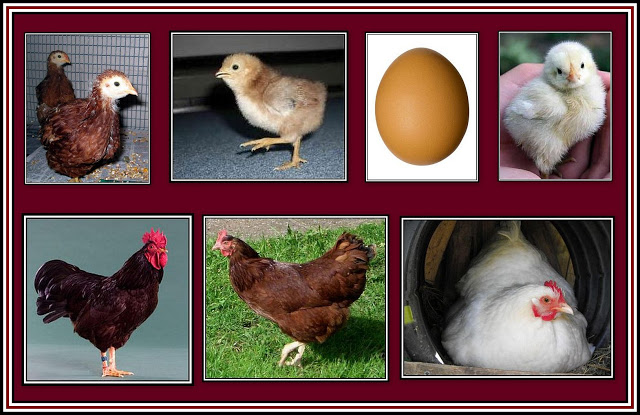 Click here to see and hear the Pathe Cockrel
Click here to see and hear the Pathe Cockrel
My mother had made it clear to my father that since it was his idea to keep chickens on the roof then it was his job to clean up their mess and change the straw in the hatch daily. He had not bargained for the meanness and the mess that this white hen was to produce and for unwillingness to produce eggs on a regular basis. As a result, one morning she must have upset him a little more than usual and I later learned that that this had resulted in her becoming our lunch on the following Sunday. Although I was not fond of that white hen, I was quite upset when I later learned that we had cannibalised her. I was forever fearful that poor Susy would suffer the same fate. Happily she did not.
Susy was well behaved and friendly and far more accommodating than her sister hen and never brought grief to my father. Susy passed away one night after living a long and hopefully happy life. I found her cold and lying under some straw, but was by then of an age to cope with loss. With the passing of Susy, we never kept hens again.
Once breakfast was over, I had to put on my jacket and this meant being inspected again – and again – by my mother. This required me to walk back and forth and up and down. Throughout my childhood, my mother was never satisfied with my manner of carrying myself and would endlessly tell me to pull my shoulders back. Although I did, they were never pulled back enough to satisfy her and she constantly complained that I slouched. I also remember her asking me several times if I had a clean handkerchief in my pocket. She was not satisfied with a verbal answer, but required to see it each time she asked before moving on to something else.
Eventually I was considered suitable to be presented to the outside world and ready to go to school. This was indeed a big day in my life and I remember feeling a certain excitement although I had no real idea what I was in for.
I remember very clearly being taken to school on my first day. The Pie Shop was at Mile End Gate, which is a cross roads where the Mile End, Cambridge Heath and Whitechapel Roads and Sydney Street meet. I have always presumed that there was once toll-gate here, which marked one mile from the border of Stepney with the City of London. The gate has long since been removed, but the name remains. Since my mother had to be back at the shop to have everything ready for opening at 11 a.m., we did not have enough time to walk to the school. Instead we took a trolleybus to Aldgate Depot, which was only a short walk to the school.
-oOo-
MILE END GATE – IN PICTURES
-oOo-
Route 653 ran passed the shop on its way from Aldgate to Tottenham Court Road. The route followed a via a somewhat serpent-like route through Bethnal Green, Hackney, Clapton, Stamford Hill, Manor House, Finsbury Park, Holloway and Highgate. Fortunately we were to travel in the other direction from Mile End Gate to Aldgate Depot, which was just over a mile. However this relatively short distance could take an enormous length of time since traffic was often extremely heavy along the way.
Once I said goodbye to my father, who was already working hard in the bake house chopping up eels and baking pies for the lunchtime crowd, we left and walked up to the Corner, as our side of Mile End Gate was known, and crossed Cambridge Heath Road and waited at the bus stop for the 653 to arrive. We did not wait long. There seemed to be many more buses on the London streets in those days. We got on the bus along with the others who had been waiting patiently in a queue and entered the downstairs section of the trolleybus and sat down. I was somewhat miffed once the bus became crowded as my mother made me sit on her lap to allow some woman to sit down. Since I was now on my way to school, I was somewhat resentful that I was being treated like a baby and made to sit on her lap and not allowed to stand. I am sure that I would have described the situation as being undignified had I known the word.
When the conductor came by my mother paid the fares – one and a half to Aldgate please. At that time, the trip cost two old pennies for an adult to ride to Aldgate and an old penny and a half for anyone under the age of thirteen years. The adult ticket was white with the price marked on it in red; my ticket was a kind of pinky brown. They had been plucked from the ticket holder held by the bus conductor and clipped in his hole-punch that was strapped to his waste. Each clipping was accompanied by a small ding as the hole was punched. He collected the fare and put the coins into a leather bag that he carried at his side and which was supported in place by a strap across his shoulder.
I always loved trolleybuses, especially London Trolleybus. They looked terrific and appeared to glide over the road surface with grace. However, riding on one was a different matter. They had a tendency to jolt forwards periodically, which caused me to suffer nausea. I was a notoriously bad traveler as a child and often suffer with nausea now to this day. Although the ride to Aldgate was not far, it could last an age especially when the traffic at Gardner’s Corner was heavier than usual or when the boom of a trolleybus came off the overhead wire and the bus came to a halt.
The trolleybus stopped at all stops on the way to Aldgate Depot. We passed the London Hospital, the Salvation Army Home, the Jewish Boys School and the Whitechapel Bell Foundry. It was generally here that we would often be brought to a standstill and where we would begin a slow crawl past Buck & Itman, the engineering firm and past The Island where day workers waited in the hope of finding employment at one of the many little clothing manufacturing companies found dotted about Whitechapel. This spot is now the site of the East London Islamic Centre & Mosque and most of the tailoring establishments have gone. At little further along, just before the bus reached Gardener’s Corner, we passed the remains of the church of St. Mary Matfelon, which was where Sir John Cass was buried in 1718.
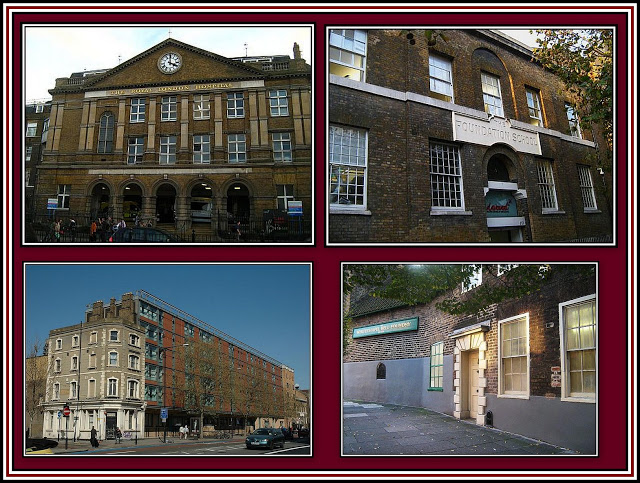 Top left: The London Hospital; Top right: The one-time Jewish Foundation School;
Top left: The London Hospital; Top right: The one-time Jewish Foundation School;
Bottom left: Booth House (The Salvation Army);
Bottom right: Whitechapel Bell Foundry
Gardner’s Corner is a huge intersection where five roads meet: Whitechapel Road and High Street, Lemen Street and the Commercial Road and Street. The junction of the Commercial and Whitechapel Roads was once the site occupied by the large department store, Garner’s, which gave its name to the intersection. Here trolleybuses, buses, taxis, cars and lorries, as well as horses and carts jostled for position as they inched their way towards the central roadway before heading off to their destinations.
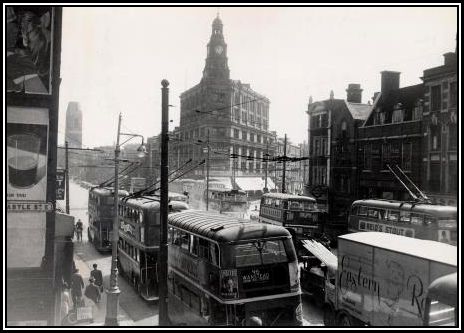
Gardiner’s Corner in the Early 1950’s
The department stores may be seen in the centre of the photograph at the junction of
the Whitechapel and Commercial Roads
If a traffic light failed to function, chaos ruled until the police arrived supposedly to help direct the traffic and sort out the problem. I cannot ever remember seeing an accident in the years that I traveled this route, which I suppose says a great deal for the standard of driving of the day. However it was not uncommon for a trolleybus boom to disconnect from the overhead wire, causing the bus to grind to a stop. When this happened, the bus conductor jumped off the bus, run around to the rear and pulled out a very long bamboo pole with a hook at the end from under the bus and used it to grab hold of the free boom, which had now swung itself away from the bus, and maneuvered it back into contact with the electrified wire. After returning the bamboo pole to its place beneath the bus, the conductor jumped back onto the bus, rang the bell several times and the bus then take off. By this time, worsening congestion had resulted.
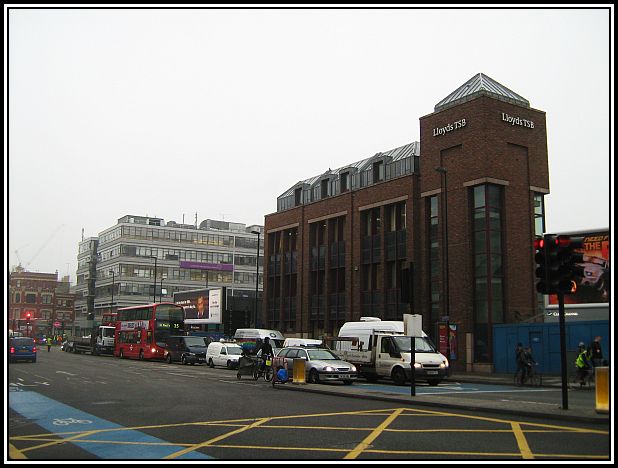 Gardner’s Corner today – although the crossroads has been altered, traffic congestion still exists
Gardner’s Corner today – although the crossroads has been altered, traffic congestion still exists
Fortunately the traffic congestion at Gardner’s Corner was not too terrible on my first day at school and we arrived at Aldgate Depot within good time. It was just a short walk from the depot across the Minories, past St. Botolph’s Church and along Duke’s Place to the school.
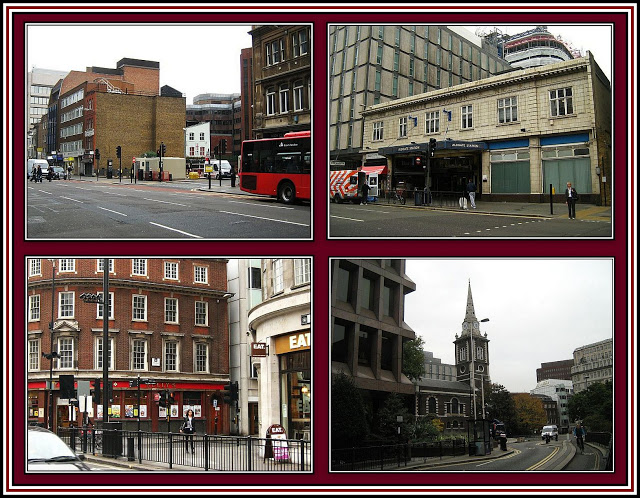 Aldgate Today
Aldgate Today
Top left: Entrance to Aldgate Depot; Top Right: Aldgate Underground Station;
Bottom left: Entrance to the Minories; Bottom right: St. Botoloph’s Church & Houndsditch
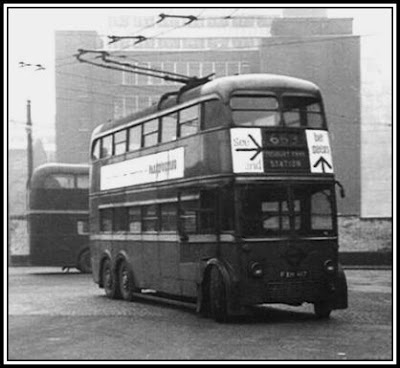 The 653 Trolleybus at Aldgate Depot (reproduced with permission from Geoff Bannister)
The 653 Trolleybus at Aldgate Depot (reproduced with permission from Geoff Bannister)
From an academic point of view, I feel that Sir John Cass Foundation School was probably a school like many others. I doubt if its scholarly standards were higher than hundreds of other schools throughout the country. However what made the place charming was the architectural design and materials of the building, as well as the presence of some of the teachers, but what made the school unique was its history.
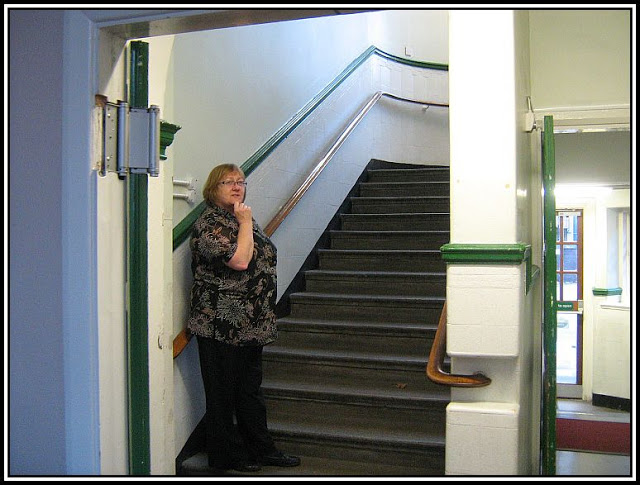 Ms Susan Laney, the current Head Teacher of the School
Ms Susan Laney, the current Head Teacher of the School
As I said, Sir John Cass Foundation School made for a charming environment to make one’s entry into the academic world. I remember clearly my first day there. We entered the school through the two large wooden gates of the entrance with the young man above. We followed a winding path along corridors until we came to a wide flight of stairs, which led to the school secretary’s office. Entrance to the Headmaster’s Office could only be achieved after presentation to the secretary. The secretary, a delightful oldish lady with white hair that was stylishly maintained, greeted us and we were asked to wait before being allowed to meet the Headmaster. I remember that she and my mother became firm friends during the time I was at the school and thanks to their friendship my parents finally took me to the circus, but more of that later.
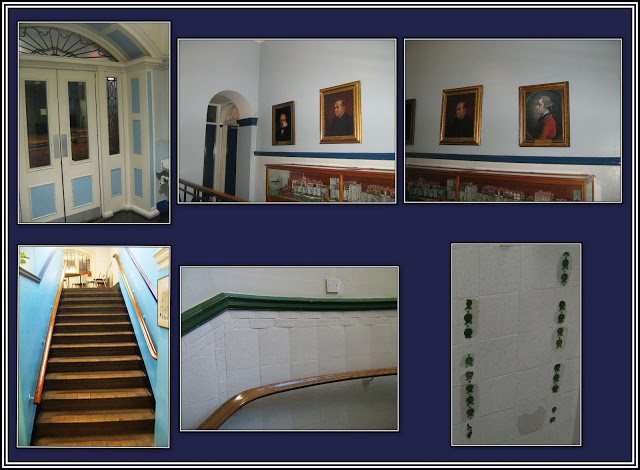 To the Headmaster’s Office
To the Headmaster’s Office
Top left: entrance doors to the Assembly Hall;
Top middle & right: outside the school offices;
Bottom left: staircase up to the school offices;
Bottom right: remains of tiles lining the staircase
I recall seeing several other children together with their mothers sitting patiently outside the secretary’s office while waiting their turn to meet the Headmaster. The secretary took us to join them where we awaited to be summoned. We sat quietly without talking until called whereupon we were announced and finally ushered into the Headmaster’s Office.
The Office was large and had, I believe, an oval window. The Headmaster, Mr. Halls, sat behind his desk and rose to greet my mother and me. He invited my mother to sit that then he turned his attention to me and began asking me a number of questions. I suspect that I must have offered him answers, as I don’t recall my mother telling me to answer the man or even being told to speak up. Most likely I stood next to my mother and probably held on to part of her coat since I was not used to being under the authority of men at that time. Still, Mr. Halls did seem to be a nice man and not ogre-ish in the slightest. After a few minutes of talk, he rose from his chair and we were escorted from the room. Once back in the secretary’s office, I was given to a senior girl who was to lead me down the same staircase we had recently climbed and deposit me at my classroom. Earlier I had seen this happening to the children ahead of me and noted that each had burst into tears when learning that they were to be separated from their mothers. Thinking that tears were expected, I forced myself to weep, whereupon my mother began to cry too. This caused me to cease booing, but before much else could be said I was quickly whisked away to start my life in academia for real.
I was taken down that staircase and along yet another corridor and brought to a class room. We went inside. The room has huge french windows through which I could see a large inner playground. The room was filled with little wooden desks for two with two small wooden chairs behind them. My classmates stared at me as if I had just arrived from the moon. The teacher, Miss Davis, stood at the front and beside her was a large blackboard standing on an easel.
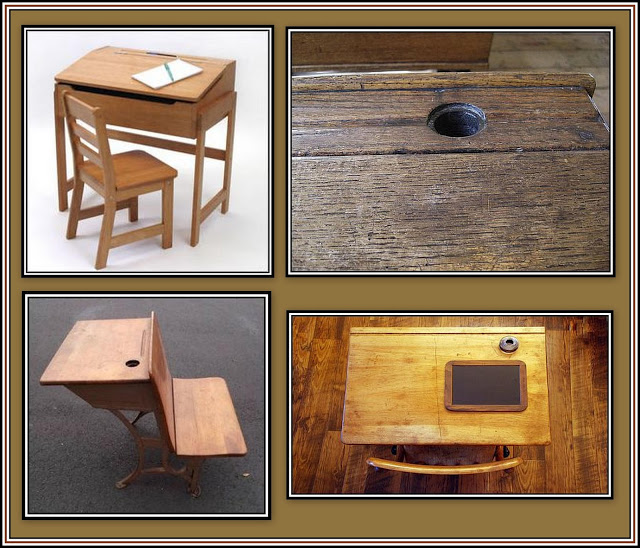 My First Classroom – looking very different today ….
My First Classroom – looking very different today ….
gone are the wooden desks and seats ….
gone is the blackboard and easel ….
gone are the slates and chalk and ….
gone is the wooden floor.
At that time, yellow was my favourite colour!
Miss Davis was probably in her late twenties or early thirties and who I later learned lived at Leigh-on-Sea with her mother and came to work each day on the train to Fenchurch Street Station and then either walked or caught a bus from there to the school. She was a very nice lady, quite shy, and prone to redden at the drop of a hat whenever addressed directly. Although she was not an unattractive woman, I don’t recall hearing of a husband or of a young man. I seem to remember her always being dressed in a long tweed skirt and white blouse along with a sensible cardigan. She had short brown wavy hair that was combed off her forehead. As a said, she was a nice lady and always showed great kindness to us.
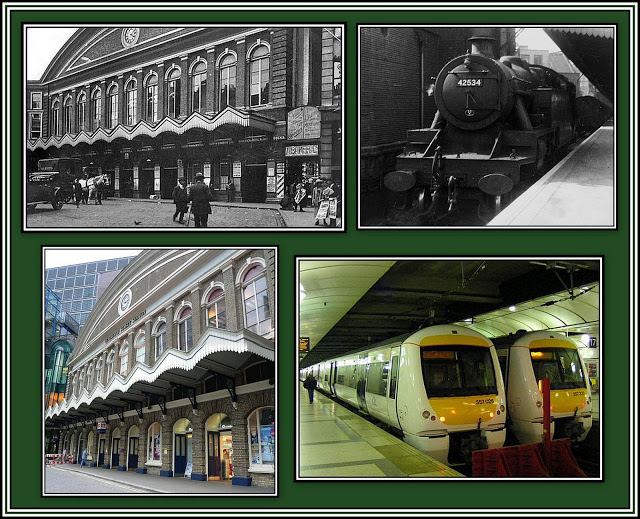 Fenchurch Street Station – then & now – trains used on the London-Tilbury-Southend Line
Fenchurch Street Station – then & now – trains used on the London-Tilbury-Southend Line
Once Miss Davis had learned my name and greeted me, she instructed me to go and sit at the desk at the back of the room in the little chair closest to the door. I did this. I remember that on the desk was a black slate that was rather the worst for wear and a small duster and a tiny piece of chalk. These were the implements for me to employ for supposedly learning how to write and perform simple arithmetic or sums, as such computations were once called.
I remember not being especially intrigued by the events of my first day at school. I spent much of the time looking around the room and out of the windows. The walls were covered with drawings obviously done by the children of the class. I am sure that they were of the usual subjects and perhaps a few revealed a talent that perhaps would be nurtured in later life. However, I suspect that most were of the sort that could only be admired by adoring parents.
I was to learn that most of the class had started schooling in September and so by now was able to write letters and numbers and perform simple sums and read short sentences etc. I could not tell much about my class mates since being sat at the back of the class I only saw the backs of their heads. Most of the girls wore their hair plaited with ribbons tied at the ends. The girl seated in front of me whom I had seen earlier outside the secretary’s office had especially long pigtails. Next to her was another pupil that I had seen outside the office. He was a small boy who later proved to be amusing and was to become a great chum of mine.
While I sat there looking out of the window and with Miss Davis talking about something or other, the classroom door opened and another new pupil was brought into the room. Much later in my life I was to understand fully what happened to me next for at that age I had no words to describe it. The new pupil was a little girl, also quite tall, and also with pigtails. However, what set her apart and caused me to pay her some attention was that she smiled at me as she passed by my desk.
I remember, years later, listening to the radio and hearing a minister talking about The Kairos. I recall that once he uttered this word, my mind flew back some sixty-plus years and once again I thought of that little girl and I understood what I had felt at that moment she came into the classroom and smiled.
The minister was talking about a recent trip he had made to The National Gallery in London and how he had stood in front of Titan’s painting, Bacchus & Ariadne. The picture shows Ariadne waving goodbye to her lover who has just left her and sailed away. While she is waving goodbye, she turns her head and notices the presence of Bacchus who is making a grand entrance in the company of a host of noisy and ferocious companions. The minister said that Titan had caught that very moment when Bacchus and Ariadne see each other for the first time and their eyes meet. Immediately they fall in love and, as the minister amusingly described it, it was a moment that romantic novels like to describe as when time stood still – a defining moment – The Kairos! The couple having seen each other seize the moment and immediately they know that their lives will never be the same again!
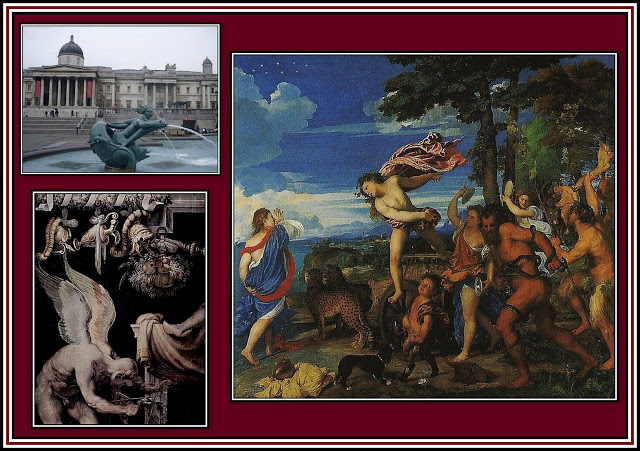 Bacchus & Ariadne by Titan; Bottom left: The Kairos
Bacchus & Ariadne by Titan; Bottom left: The Kairos
Perhaps when this little girl entered the class and our eyes meet was not exactly The Kairos, it was nonetheless a moment of great importance since from that moment on she and I became great friends and were to remain so throughout my time at the school. Despite our never meeting again after I left the school, I have always remembered her each year on 17th October, her birthday, and I would be willing to bet that she too remembers me on my birthday. Such is the power of The Kairos!
The little girl was sent to sit next to me. Once she arrived at our desk, she turned and smiled at me once more and then sat down. Together we sat quietly occasionally turning slightly towards each other and whenever we caught each other’s eye, I received another smile. I hope that I had the good grace to smile back.
Later I learned that my desk companion was called Patricia and that she lived in Bow, at number five Maritime Street I believe (at least this was how her address sounded to me). She and I struck up a friendship that was to last more on than off until I left the school. Pat, as she liked to be called, remained at the school and received her secondary education there and probably left when she reached fifteen years of age. She was a very nice girl and we were obviously taken with each other. Whereas most boys in the class balked and fussed over having to sit next to or walk with a girl, I was happy to sit next to and walk with Pat and she seemed equally happy to sit and walk with me. Mind you, I am sure that I would have fussed equally had I been told to sit next to or walk with any other girl beside Pat. It soon became obvious to Miss Davis and to our classmates that Pat and I were an item and that this was not to be questioned since an offending child might easily find themselves slapped, smacked, punched and perhaps bitten as a result of their insult.
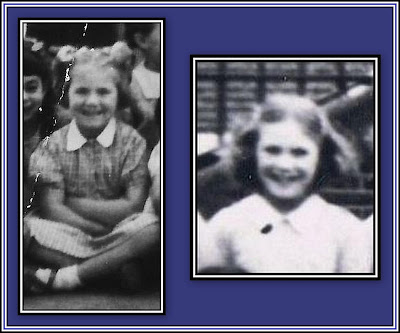 The only two pictures that I have of Pat
The only two pictures that I have of Pat
The boy and girl sitting at the desk in front of us were also new as I have said. The girl whose name was Ann was tall for her age and was taller than me. She too would loom large in my life at the school, but unlike the little girl sat next to me, Ann proved to be an adversary and a bully, but she was to receive her just desserts before I left the school.
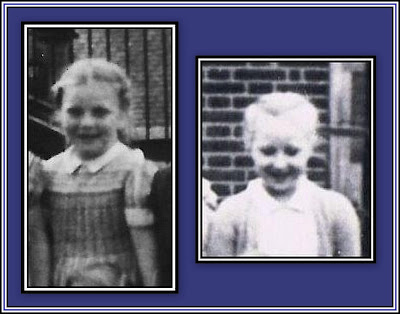 Likewise, the only two pictures that I have of Ann
Likewise, the only two pictures that I have of Ann
We four, being new members of the class, lacked the skills already developed in our fellow classmates. As a result Miss Davis’ time had to be spread her time between we four and the remaining 30+ children in the class in an attempt to bring us up to par, but more of that at another time.
The only other thing I remember about my first day at school was playtime and heads down time. When playtime came, we were ushered through one of the french windows and into the playground. Since we four were new, we had no idea what to do and so we huddled together. It was then that Pat told me where she lived. She was a generous girl and shared her sweets with me that day and for all days that followed. She also always shared whatever it was that her mother had given her to eat at break times. I don’t remember sharing anything with her. This was not from meanness or from being unkind, but simply because I don’t recall bringing any sweetmeats or cakes with me. Pat was to have a calming effect on me that allowed me to enjoy school. In the afternoon, we were treated to a story read by Miss Davis. I remember that she read well and created an atmosphere when she read that caused our imaginations to wander freely. After this, we had heads down time where we were supposed to place our heads on our desks facing away from our seating companion, close our eyes and sleep for ten minutes or so. Pat and I got into the habit of putting our heads down and faced each other and whispered away while those about us supposedly slept.
The playground is much different today compared to when I played here. Now it is a much more child-friendly place. When I was here, there were no tables, chairs or Jungle-Jims and we had to rely on ourselves for entertainment. At that time, girls skipped, boys ran around and played some team games and a jolly good time was had by all.
I remember nothing of Dinner Time that day. Presumably we ate, but I have no memory of it. At 4 p.m., a bell rang which we learned meant home time and marked the end of the day. Miss Davis told us to collect our coats and whatever else we had brought with us and then she escorted us to the entrance. I am glad that she did for I had not had the opportunity to learn the route yet. Outside, clustered around the open gates were mothers and the occasional father waiting for their children to appear. I saw my mother standing away from the herd of loudly talking mothers who did not seem to realise that they were blocking the way and so holding up our way out.
I ran to my mother and obviously began talking about the events of the day. I remember telling her about Pat and pointing her out to my mother. Pat was doing the same thing and our mothers greeted each other in a somewhat formal manner, I remember. We walked together to Aldgate Underground Station where Pat and her mother waited for a bus to take them to Bow while my mother and I crossed over to Aldgate Depot to wait for the trolleybus.
Once I arrived home, my father sat waiting to hear about my day. I remember finding myself to be tried when it was time for me to go to bed and I went off without any complaint or argument, for in the words of Scarlet O’Hara, tomorrow is another day and I needed to be fresh and alert, and besides, I would be seeing Pat and other new friends again.
——oooOOOooo——
COMMENT FROM A READER
A charming story of your school! I was amazed that you had a slate to write on! We must have started school at about the same time, but we had paper. It’s interesting how some of the memories are etched into our minds. Fancy expecting you to sleep at your desks! When I started at 4 1/2 years of age in kindergarten, we had to actually lie on the floor, but after that in grade 1 we had to stay awake all day.
You are lucky that the building still stands and that you could return and reflect. I think most schools were red brick. Here all the early State schools are and have a very distinctive architectural style – not dissimilar to yours, but without the statues. Mine wasn’t, as it was a strange private school – the boarders lived in a two-story Victorian mansion and everyone, including the day pupils, were educated in very modest weatherboard buildings. Very different.
An ex-pupil from Melbourne, Australia
——oooOOOooo——
Click here to go to PART TWO: SIR JOHN CASS, 1661-1718
——oooOOOooo——
Click here to go to SIR JOHN CASS PHOTO GALLERY
——oooOOOooo——
Click here to return to SIR JOHN CASS Home Page
——oooOOOooo——
Click here to return to the TABLE OF CONTENTS
——oooOOOooo——

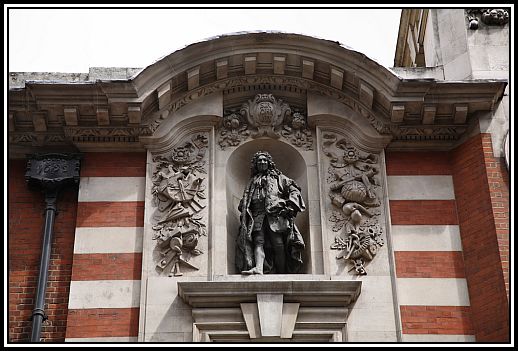
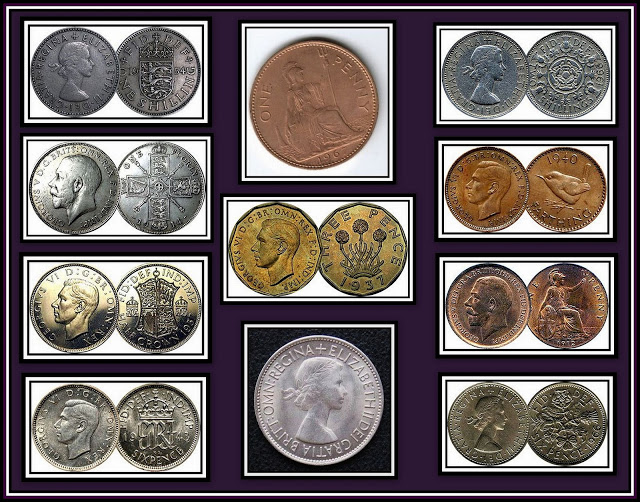
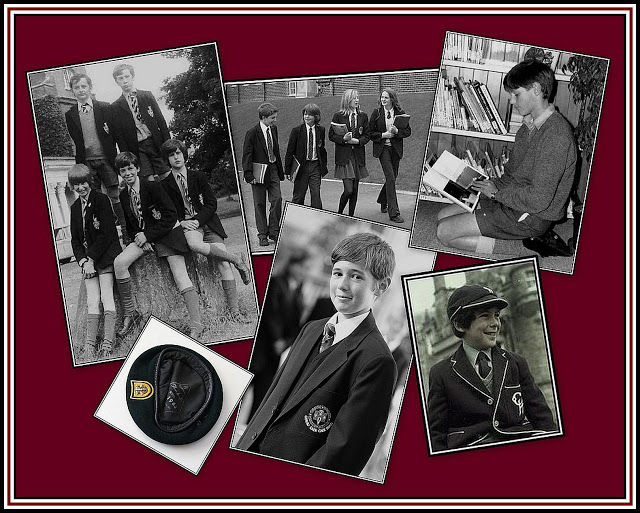
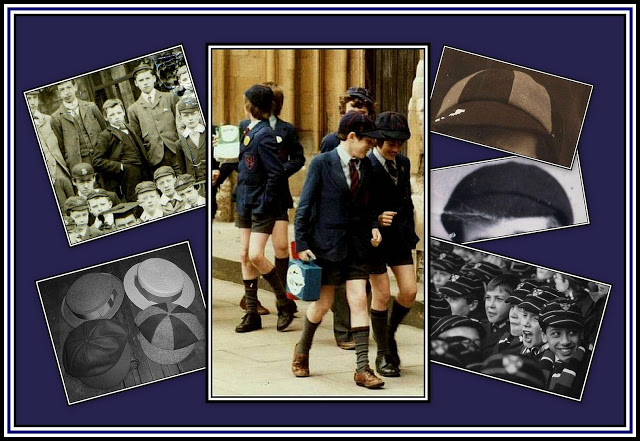
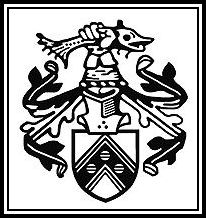
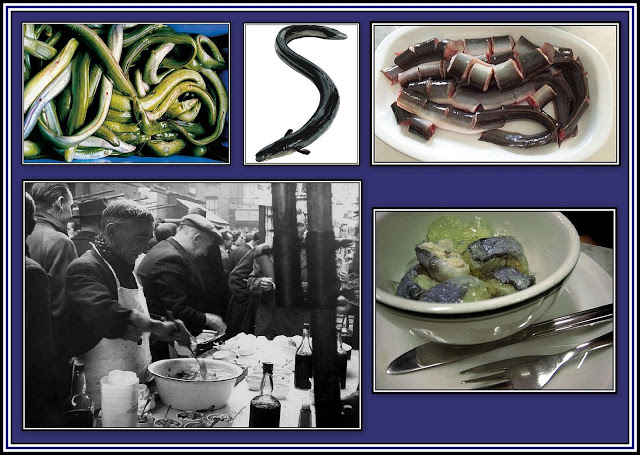
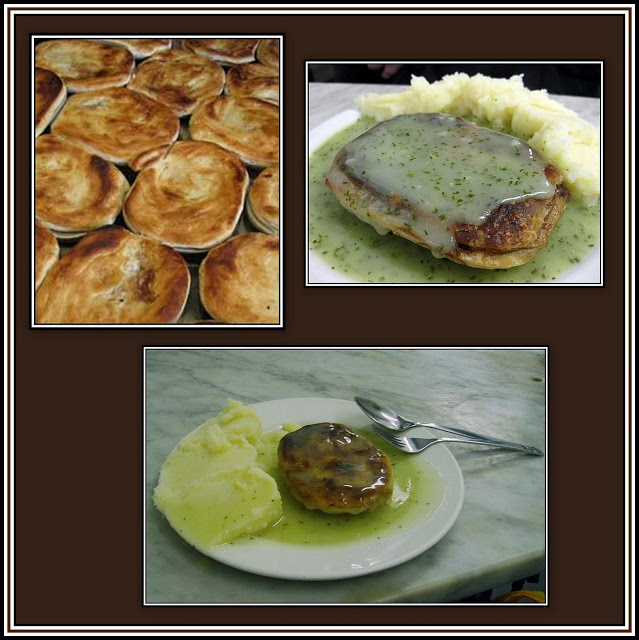

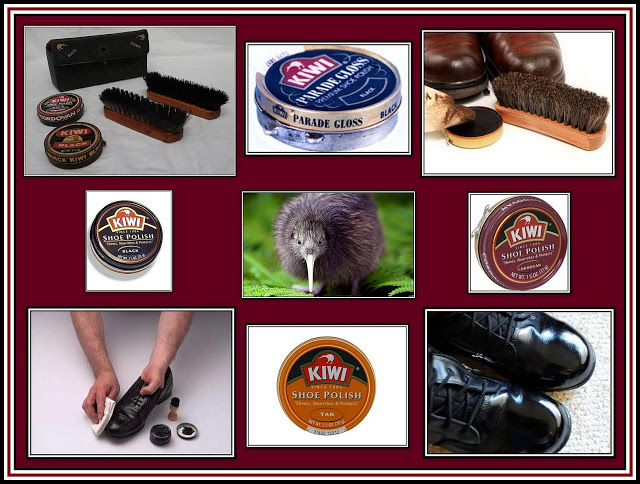
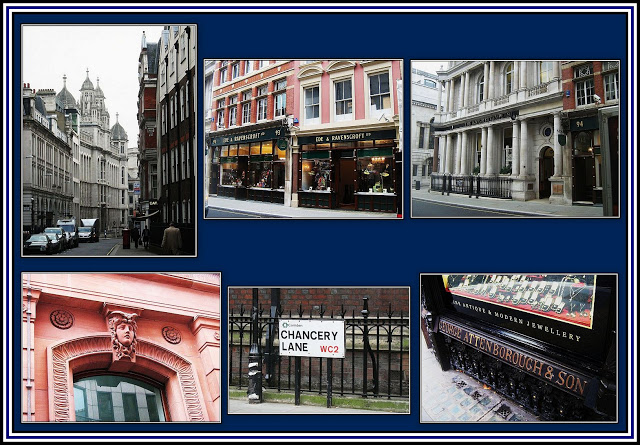
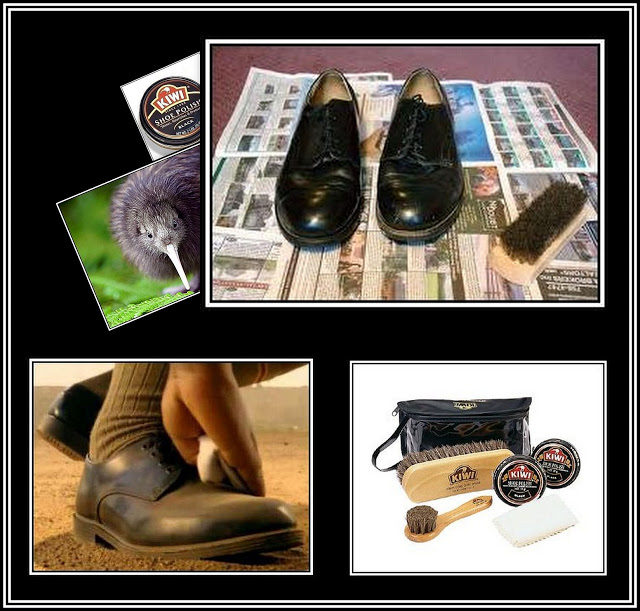
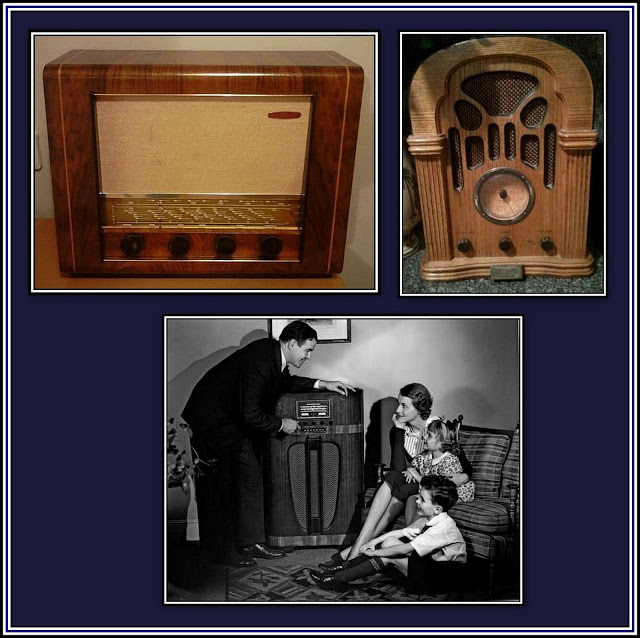
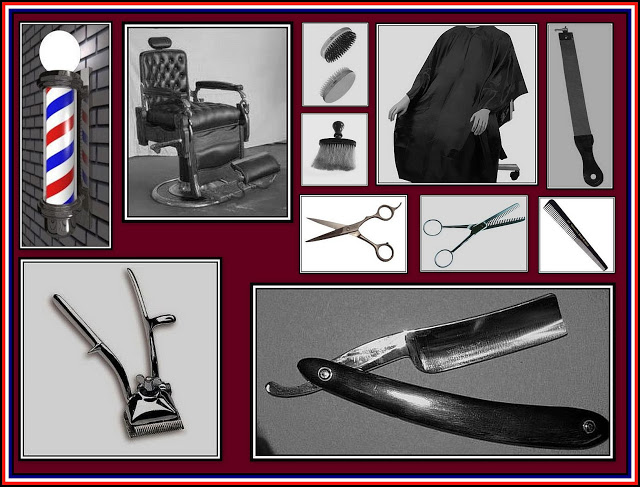
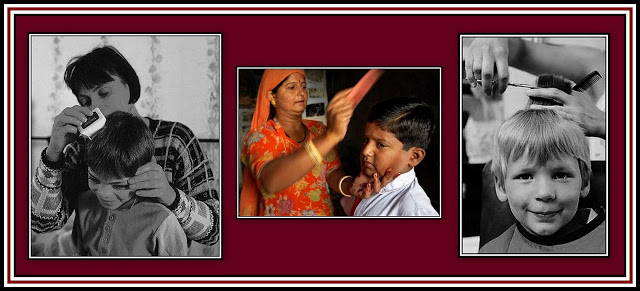
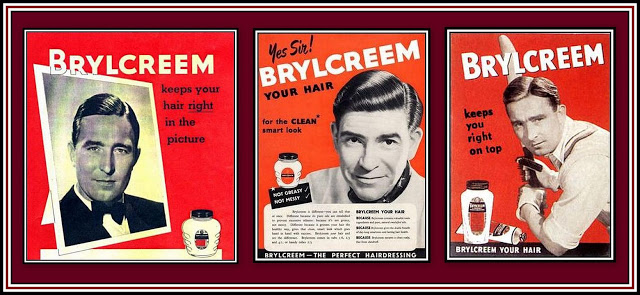
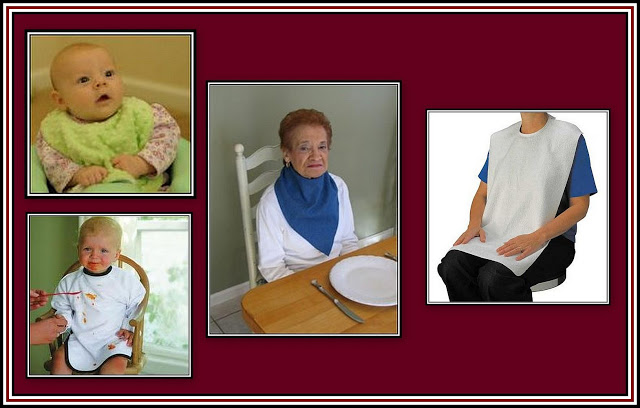

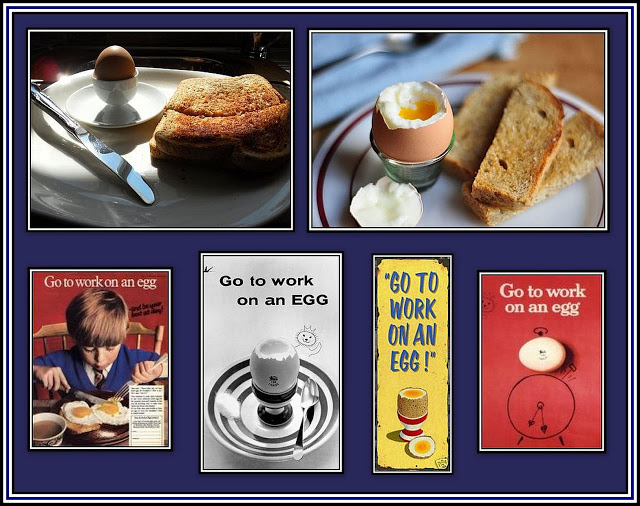
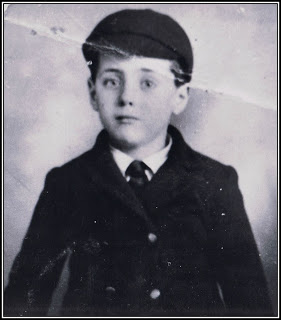
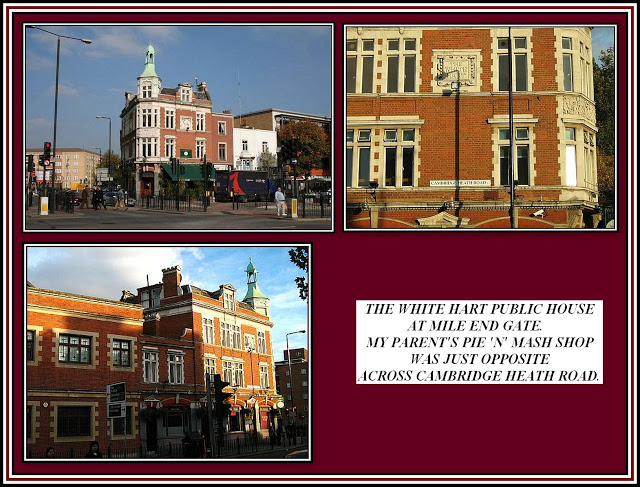
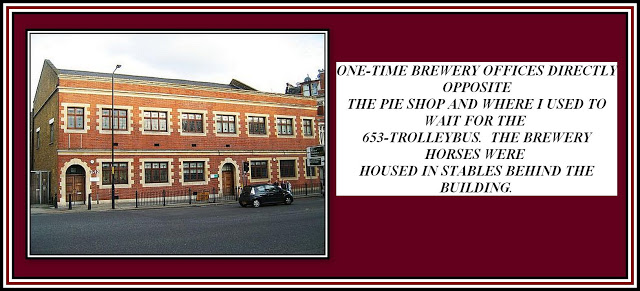
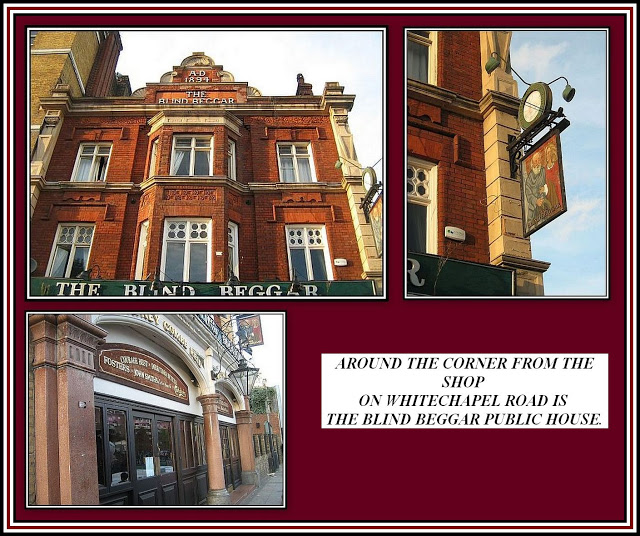
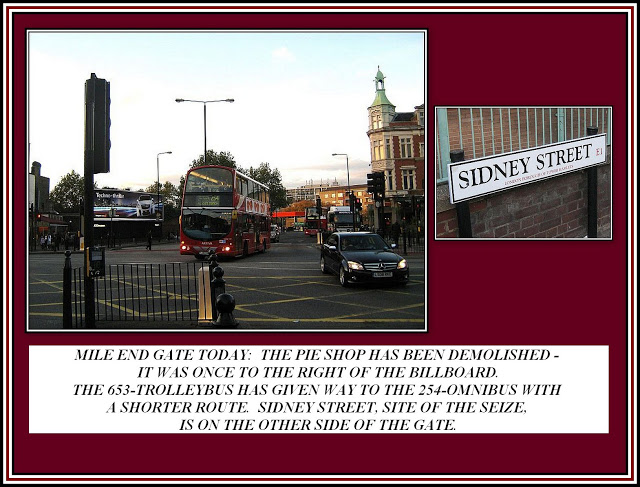
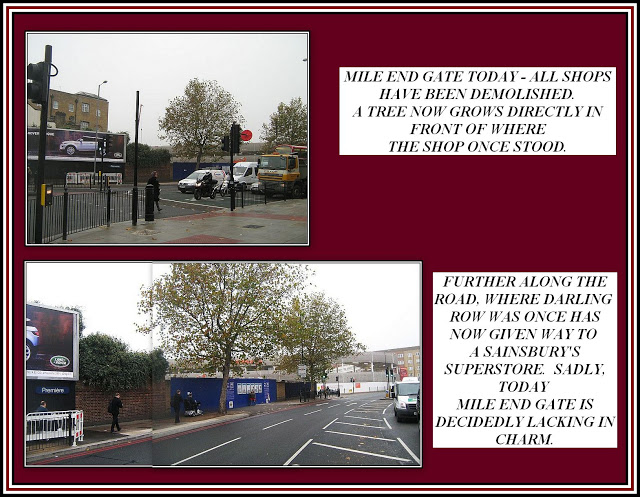
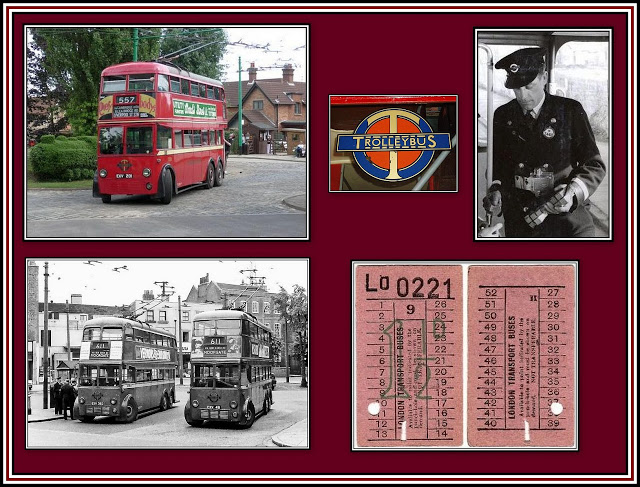
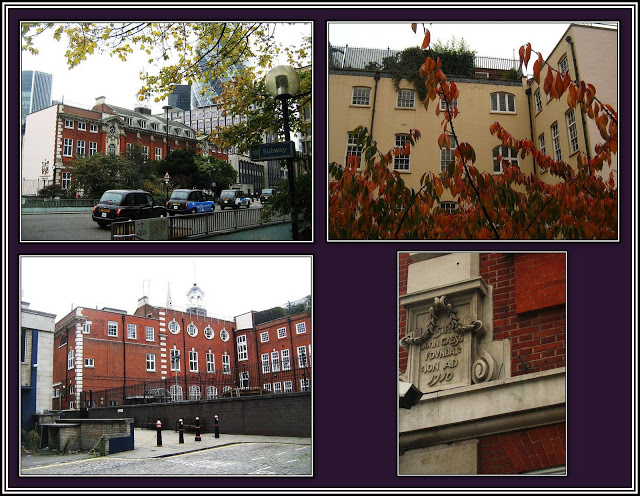
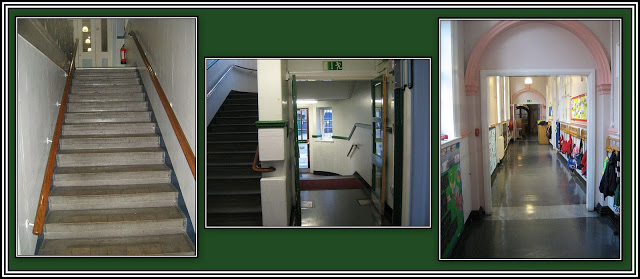
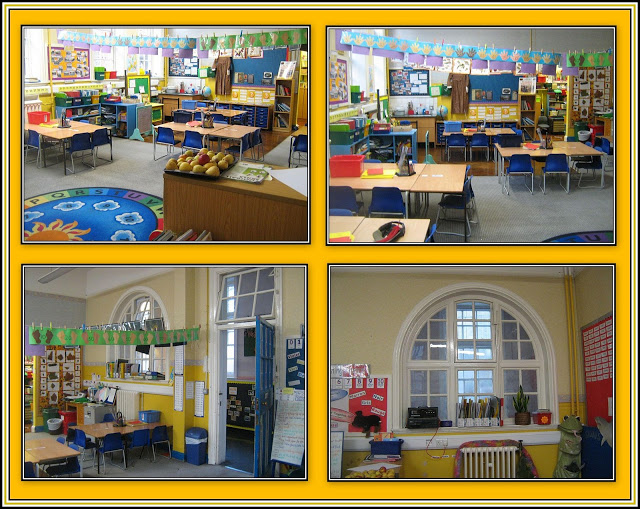
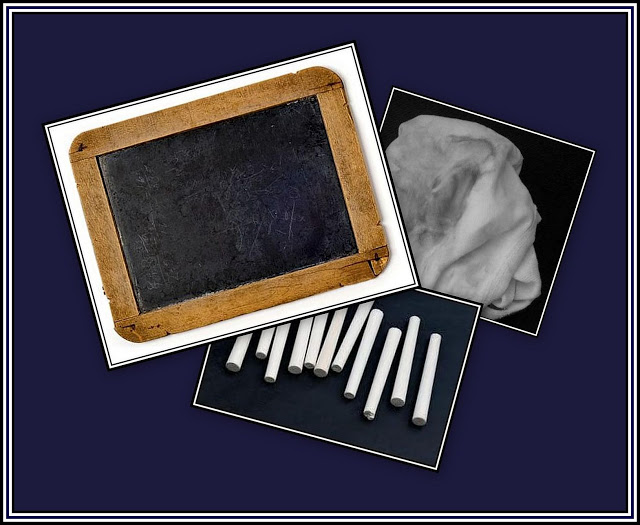
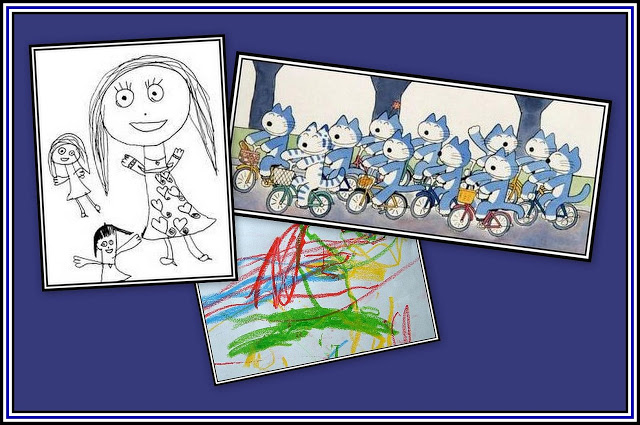
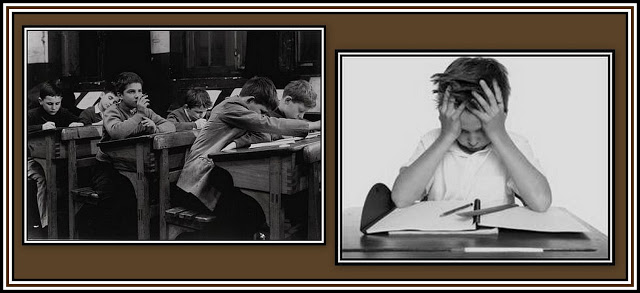
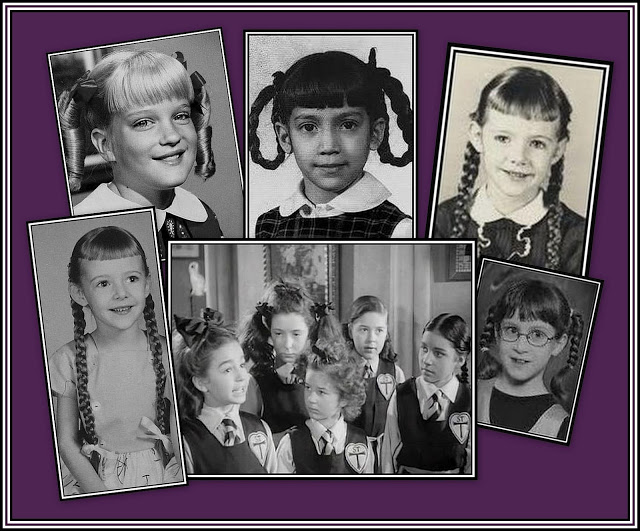
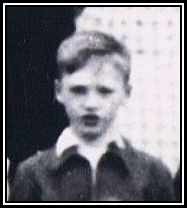
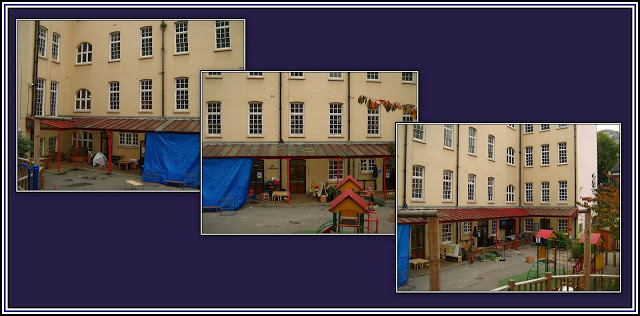
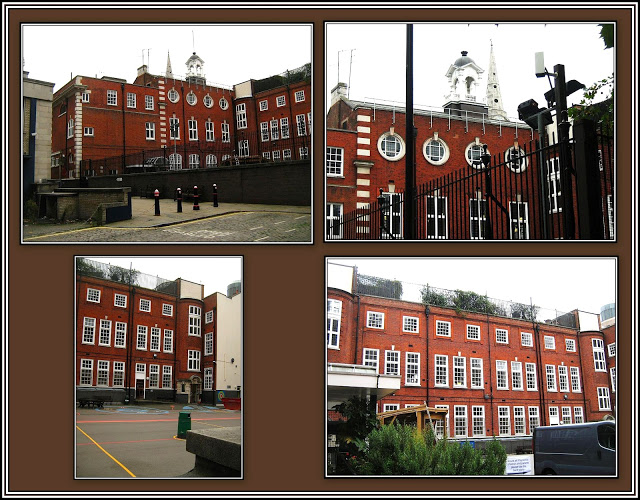
Oh my this could of been my life story . Went Cass 1951 – 62. Lived by Fenchurch street stn, thn moved. Sidney street Whiechapel couldn’t
See who wrote this, maybe I knew you . Lovely. Article …regards
Thanks for leaving a comment on my website. Charles
Hi
My son has just moved into a ground floor flat in Bow Common lane and the original marble plaque for the John
Cass foundation school of 1710 is in his lounge.
Thanks for the photograph that you sent – I will put it on the website. This is indeed a FIND.
I cannot believe that I did not thank you earlier for leaving this comment. We did not ‘meet’ but I expect that we shared a ‘playground’ and even some teachers! Miss Davis, Miss Kingston, Mr. Boyce, Mr. Spanwick etc
Just seen pictures of Pat Dawson your desk mate, and Anne Olson your other class mate, new them both from Sir John Cass As well as you, good storey Charles. Cheers Ian Silverton.
Hi I stumbled upon your story by accident,I too went to Sir John Cass at Aldgate,I started school in 1954,I was just 5 in at the start of the summer term,my mother prepared me for the first day by taking me in the morning watching the boys and girls arrive and go in and later we were there for them coming out,so on my first day there was no tears,my class was down the stairs and my first teacher was Miss Johns,she seemed quiet old and very small she was as round as she was tall,like you the desks were wooden and there was a large wooden rocking horse but none of us ever got to play ride on it and a large raise sand pit,we too had to have a enforced sleep in the afternoon,we of course had morning assembly we used to walk along with our fingers on our lips to stop us talking,I always remember the staircase up to the headmasters office it had very large portraits of men in fine robes,and then the assembly hall with the various large wooden shields with names on,I treasure the time I had at that school,even when I got six of the best from the headmaster for forgetting detention,I never forgot again,or went into detention,the headmaster was called Barrel,all at the age of 8,can you imagine it now,how times have changed,I left when I was 11 we moved away,I hated that happening,after reading your story I tried to remember my class mates names I got to about 15 so about half of them I wonder what became of them I hope like you that they have had good lives.
Best Regards Brian Coaker
Brian: Thanks for leaving a comment on my website. Charles
Thank you so much for all the memories this brought back! Like Brian (whose name seems familiar), my first teacher at Sir John Cass in 1953 was Miss Johns, who also sported a flowery overall and plaits twisted around her ears (do you remember, Brian?). I was one of a group of City children whose fathers looked after the huge City buildings for which we were lodged in a flat at the top of them. It was quite a community of families. For that, we were given free school dinners! Shamefully, I hated them and refused to eat a bite until my mother took me home. Later she forced me to stay and hunger made me eat them. We sat in rows at the top of the building. I used to be the last to finish and waited for the dinner lady to disappear, then jumped up, ran with my plate to the pig swill bin, threw in whatever remained and made a dash for the stairs to escape! Apart from that, I loved the school and insisted on travelling right across London by bus on my own for the last year when we had moved to another building. Just a month after starting, we all lined the streets for the coronation and I was pushed to the front as I was so small. Afterwards, we were given a silver crown and a coronation mug. I wanted to continue to Secondary but mum forced me to go to grammar school after passing the 11 plus. I would love to hear from anyone else in my old class – David Outen, John Juggins, Dennis Platt, Gillian Curtis, Sandra Parr, for example or anyone from the Tower families, whose fathers were beefeaters or soldiers there.
Thank you for visiting my website.